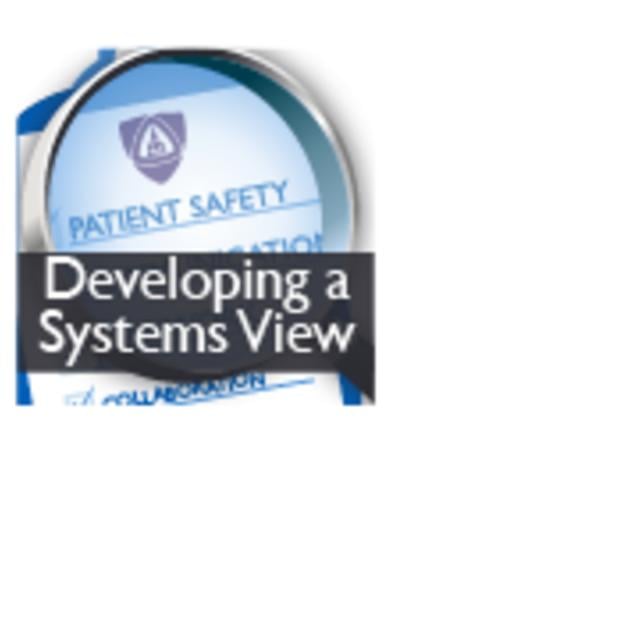MOOC List is learner-supported. When you buy through links on our site, we may earn an affiliate commission.

MOOC List is learner-supported. When you buy through links on our site, we may earn an affiliate commission.
What You Will Learn
- Describe a minimum of four key events in the history of patient safety and quality improvement.
- Define the key characteristics of high reliability organizations.
- Explain the benefits of having strategies for both proactive and reactive systems thinking.
Course 1 of 7 in the Patient Safety Specialization.
Syllabus
WEEK 1
The History of Patient Safety and Quality Improvement
In this module, you will review the history of patient safety and quality improvement in healthcare. You will start with defining the scope of the problem of preventable harm in healthcare which leads into the history of the work that has been done to date that has helped to define, measure and improve preventable harm. You review three landmark reports to ensure you have a deep understanding of this work. At the end of this module, you will be able to: 1) identify a minimum of four key events in the history of patient safety an quality improvement, 2) describe the key characteristics of each of the three landmark patient safety publications and 3) summarize the impact of preventable harm on patients, communities and society.
WEEK 2
Definitions in Patient Safety and Quality Improvement: An Overview
In this module, you will be reviewing several key terms and tools that are used in patient safety and quality improvement. This will allow you to begin to develop the common language used among patient safety and quality improvement experts and practitioners. By the end of this module you will be able to: 1) differentiate between the terms harm, hazard, error and risk within a patient safety and quality improvement framework, 2) describe how quality and safety overlap and how they are different and 3) differentiate between root cause analysis and a failure mode and effects analysis.
WEEK 3
High Reliability Organizing and Why it Matters
In this module, you will learn the fundamental principles of high reliability organizing. At the end of this lesson, you will also be able to: 1) describe the socio-cultural characteristics of high reliability organizations (HROs), 2) compare and contrast healthcare with high reliability organizations and 3) identify three improvement tools for high reliability organizing.
WEEK 4
Applying a Systems Lens to Healthcare
In this module, you will learn the basics of systems thinking and then apply these to a healthcare setting. At the end of this module, you will be able to 1) explain the basic components of a system, 2) differentiate first order problem solving and second order problem solving, 3) explain the benefits of having strategies for both proactive and reactive systems thinking.
MOOC List is learner-supported. When you buy through links on our site, we may earn an affiliate commission.
MOOC List is learner-supported. When you buy through links on our site, we may earn an affiliate commission.
